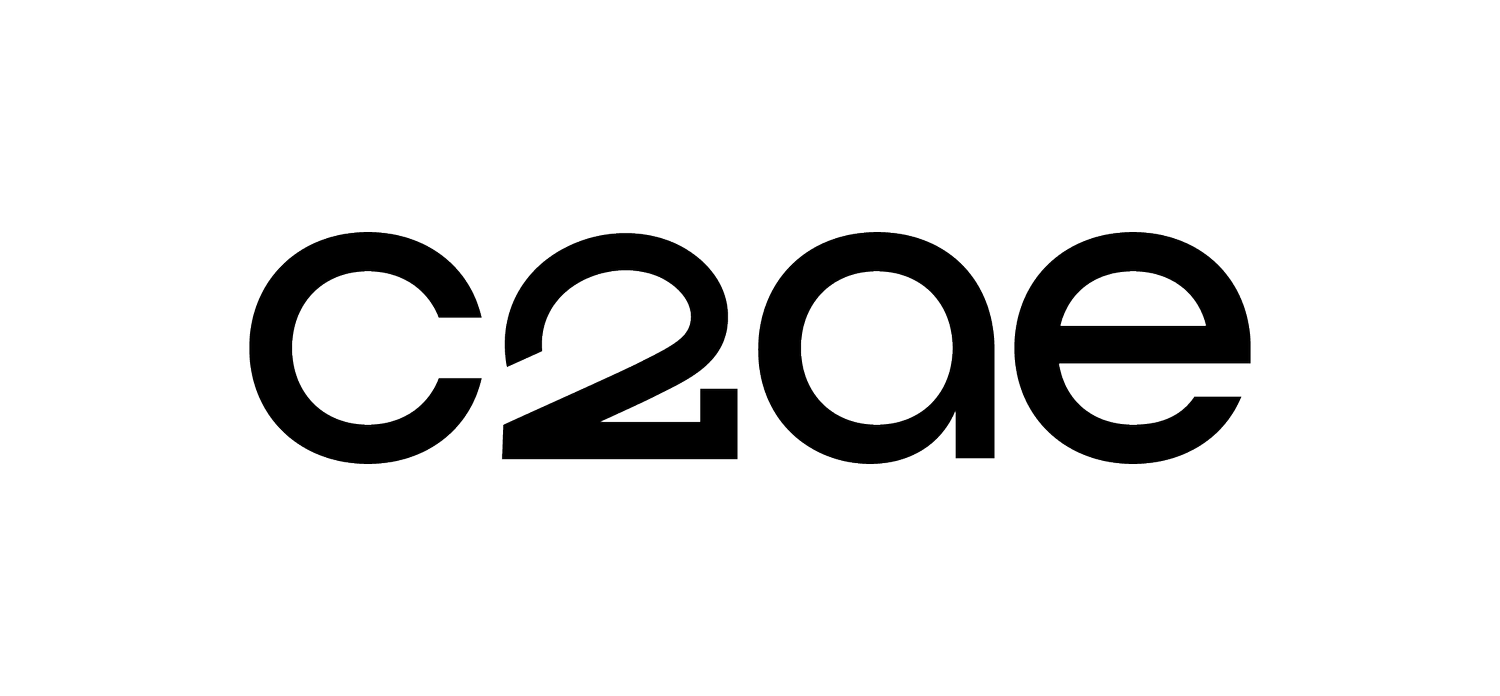Rising Construction Costs for Schools
Project manager Steve Jurczuk, AIA, LEED AP, has served educators for the length of his 28-year career. He’s seen the ebb and flow of construction costs over the decades, and he’s helped school districts weather the tough times. And, according to Steve, 2023 is one of the hard years.
We sat down with Steve to understand why construction costs are on the rise and what school districts can do about it. Here’s what he had to say.
Are construction costs rising for schools?
Yes. It costs significantly more to build the same school building than it used to.
In December of 2021, most Michigan school districts were allowed to request a maximum of $221 per square foot on a new construction. As of June 30, 2022, the maximum cost per square foot of any qualified bond program was $254. This represents a $33 per square foot increase in less than two years. And these prices don’t account for additional expenses, such as sites, technology, and furniture, all of which can be quite costly.
Why are construction costs rising?
Labor shortages and supply chain issues have been a challenge since the start of the pandemic. Perhaps counterintuitively, the strong economy and low interest rates are exacerbating these issues. Put simply, there are just a lot of projects right now, and there aren’t enough materials or workers to keep up.
In addition, school buildings are more sophisticated than ever. They’re more sustainable and technology rich. The expectation is that every educational space can be a computer lab, whether that’s a classroom, gym, library, or breakout space. There are also more types of technology in the classroom; over the years, we have gone from projectors to smart boards to smart projectors to large-format interactive displays.
Community buy-in is essential to moving school construction projects forward. How are schools speaking to their constituents about increasing bond price tags?
Many school districts aren’t asking for more funding. That’s because it’s much harder to persuade residents of a tax increase than it is to pass a “zero-mill increase over the previous year.” Even if the district gets less per dollar, the most important thing is to maintain the millage rate the district already has.
That means school districts and their design partners are making the same amount of money go further. To accomplish this, we may need to be creative with our use of materials, systems, and spaces. Maybe the main lobby is also part of the cafeteria, for example. Or maybe concrete can take the place of steel in a given structure.
Are educational outcomes going to suffer if schools have to compromise on their facilities?
Yes and no. To be clear, districts cannot use bond funding to pay employees or fund curriculum. In that sense, educational quality is not impacted by these fluctuations in construction costs.
However, environmental factors can and do impact learning. For example, a 2017 study confirmed that high temperatures inversely correlate with low test scores. “Without air conditioning,” says the abstract of the study, “each 1° F increase in school year temperatures reduces the amount learned that year by one percent.”
It’s important to look at all of the spaces a school district owns to determine if we can reconfigure them for better, more cost-effective uses. Renovations are almost always less expensive than building new. So if we can focus on renovating spaces, we can preserve quality and accomplish the same program outcomes.
How else can districts overcome rising costs?
After a district realizes they have a building or site need, it will retain a design professional to give an unbiased opinion of the district’s assets. Using this information, along with community feedback, we can generate a bond request. The final bond request will always contain a contingency amount. We keep these contingencies high, around 10 percent, just to be safe. This amount covers everything we don’t know about the project before the design is final. In the current construction climate, we will also use an escalation contingency, another 10 percent, to deal with rising costs.
How is C2AE uniquely suited to help school districts?
We put existing facilities first. C2AE is adept at complex renovations, which cost less than new constructions.
As a multi-discipline firm, we bring a holistic view. Because our team members work together well and often, C2AE can better assess existing facilities and determine the true lifespan of equipment and systems.
We are creative in how we repurpose existing facilities. We take steps to make our design process more collaborative, which leads to better ideas.
We can assist districts in setting up an asset management plan so that they can better predict their future capital expenses, reducing surprises.

